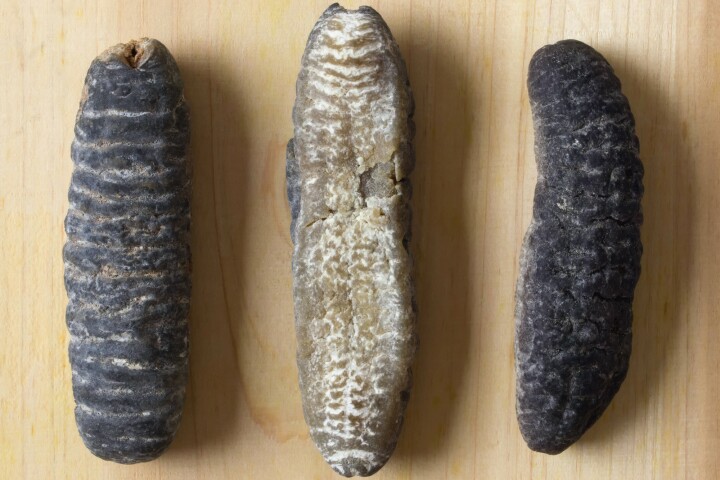 Buzzfeed: Your green thumb can bring all the bees to your yard. Depositphotos
Buzzfeed: Your green thumb can bring all the bees to your yard. Depositphotos
–
A study of nearly 23,000 interactions between different species of bumblebees and flowers has determined what these environmentally important fuzzy buzzers like to dine on. The information will help professional and amateur conservationists cater to these picky eaters.
Researchers from Ohio State University observed 22,999 interactions between bumblebees and 96 varieties of flowering plants in Ohio during the summers of 2017 and 2018.
The study identified the top plants for a buzz-worthy main course: milkweed, native thistles, morning glory, purple coneflower, beardtongue, red clover, vetch, rosinweed, and (perhaps a no-brainer) bee balm. Preferred plants that are also low in abundance include Culver’s root and wild indigo.
The plants the bees consistently ignored on the garden menu were alsike clover, black-eyed Susan, and prairie coneflower. Five of the eight bumblebee species studied strongly preferred non-native plants – including teasel and spear thistle – which might pose a problem for conservationists intent on planting only endemic species. However, the researchers say, these introduced plants could be replaced by native variants.
“Getting over 20,000 observations of individual identified bumblebees visiting particular flower species is pretty incredible for a dataset,” said Karen Goodell, one of the study’s co-authors. “One of the keys for this project was having flower associations, as well as estimates of flower abundance, so we counted the flowers, too.”
An indication of falling bumblebee numbers, of the 16 species historically found in Ohio, the researchers only observed 10, eight of which were abundant enough to include in the study. The most frequently observed species was the common eastern bumblebee (B. impatiens).
“It’s really important to know what species we do have and what they like to eat, because any of them could become rare,” said Goodell. “It’s not like we’re doing a fantastic job of taking care of our natural areas. The more information we have about their preferences, the better we can manage their habitat.”
What the researchers discovered was that bumblebees don’t randomly pick the flowers they visit. Rather, they prefer specific plants over others, regardless of whether those plants are readily available.
“What we were trying to get at was if all else is equal, what do they actually prefer?” said Jessie Lanterman Novotny, lead author of the study. “There were flowers that were less abundant that bees actively sought out – they didn’t necessarily eat what was most abundant. There were also plants they avoided. No matter how many of certain flowers they were, they said, ‘No thanks.'”
Interestingly, the researchers found that different bumblebee species preferred different plants, with only a few sharing floral resources. This strategy enables the bees to live and feed alongside each other, with plenty of food to go around.
“We compared the flowers each bumblebee species used the most, and species only overlapped by one-third or less,” said Lanterman Novotny. “Low overlap could relieve competition, so all these species can coexist together.”
Large, strong, and able to fly long distances, bumblebees are key players in crop pollination. Their method of ‘buzz pollination’, where the bee grabs the pollen-producing part of the flower and quivers its wing muscles to dislodge the pollen, is essential for wild plants and crops like tomatoes, blueberries, and squash.
There are more than 250 species of bumblebees (genus Bombus), living mostly in temperate climates in the Northern Hemisphere. But as a result of habitat loss, climate change and disease, bumblebee numbers are dwindling. In the US, while some species of bumblebee are increasing, others are in steep decline.
While this research focused on Great Lakes Region bees, the findings provide guidance for studies in other regions.
The study was published in the journal Ecosphere.
Source: Ohio State University
–
Tags
–
Please keep comments to less than 150 words. No abusive material or spam will be published.
One huge threat to the native bumblebees they seem to be pointedly ignoring is the non-native European Honeybee.
My bumblebees (in central Alberta) start with willow (very abundant), then dandelions, then clover. There’s not a large variety of flowering plants here.
so basically everything that could grow along a backwoods road drainage ditch, got it.
–
Most Viewed
























